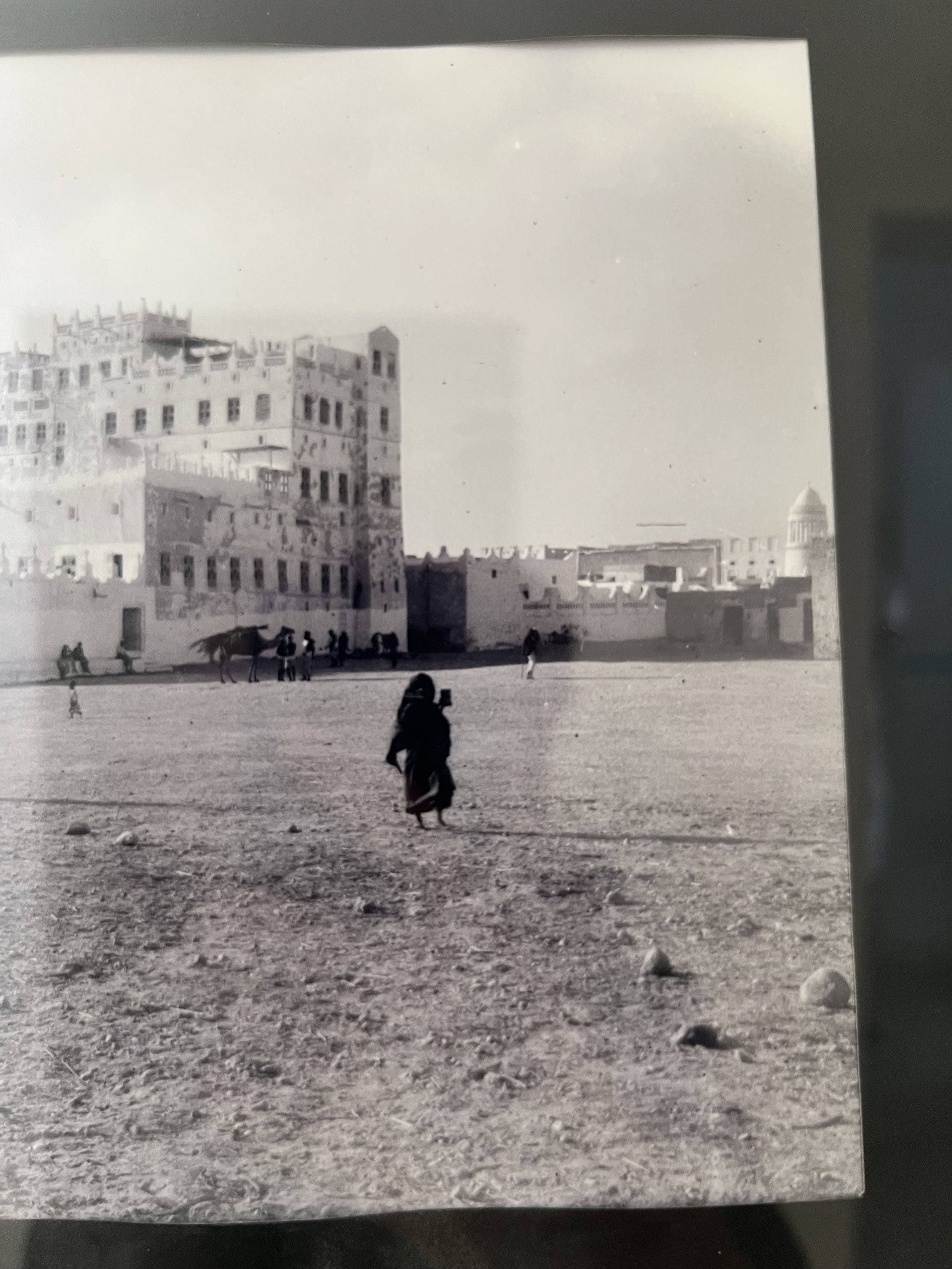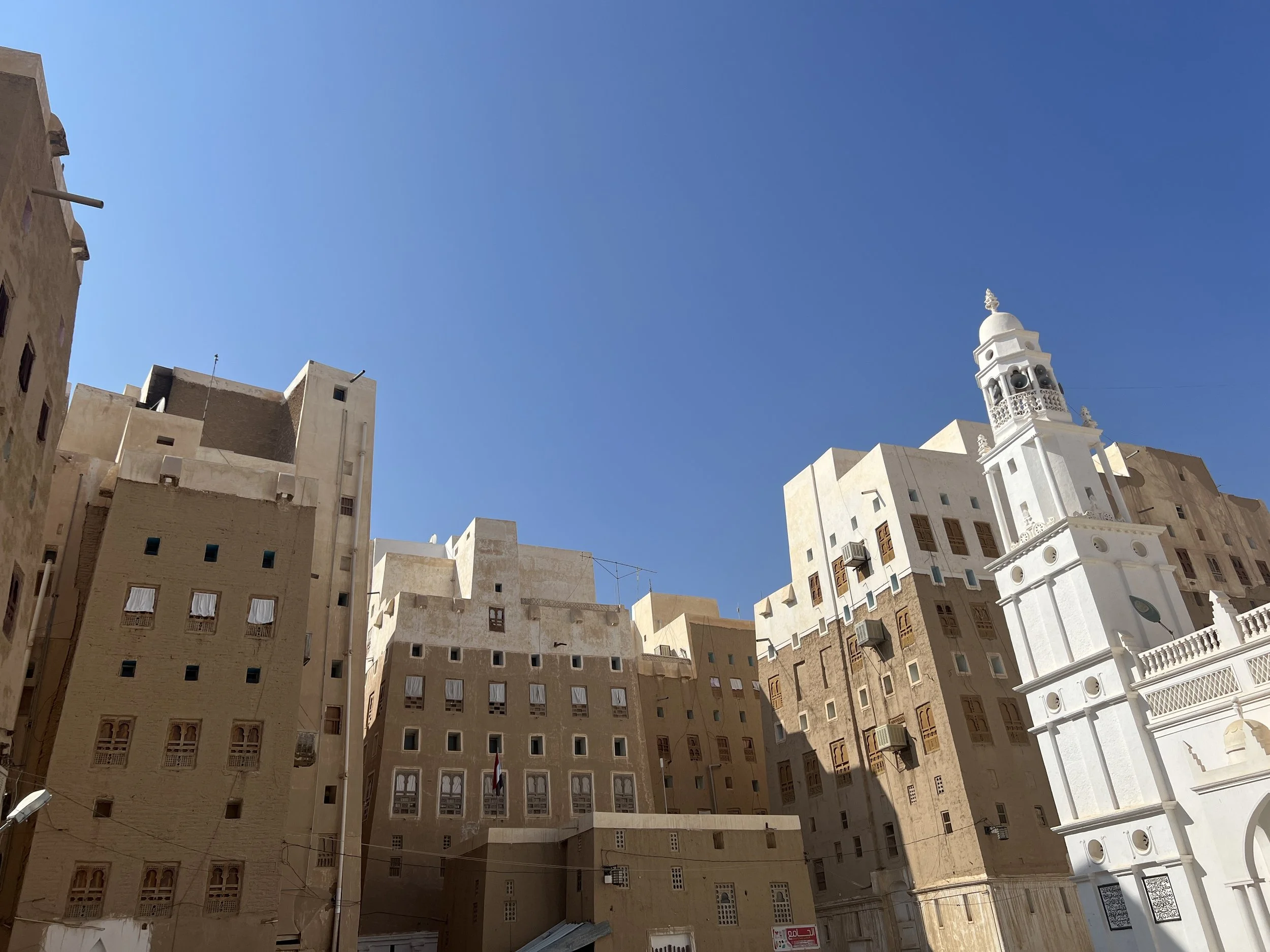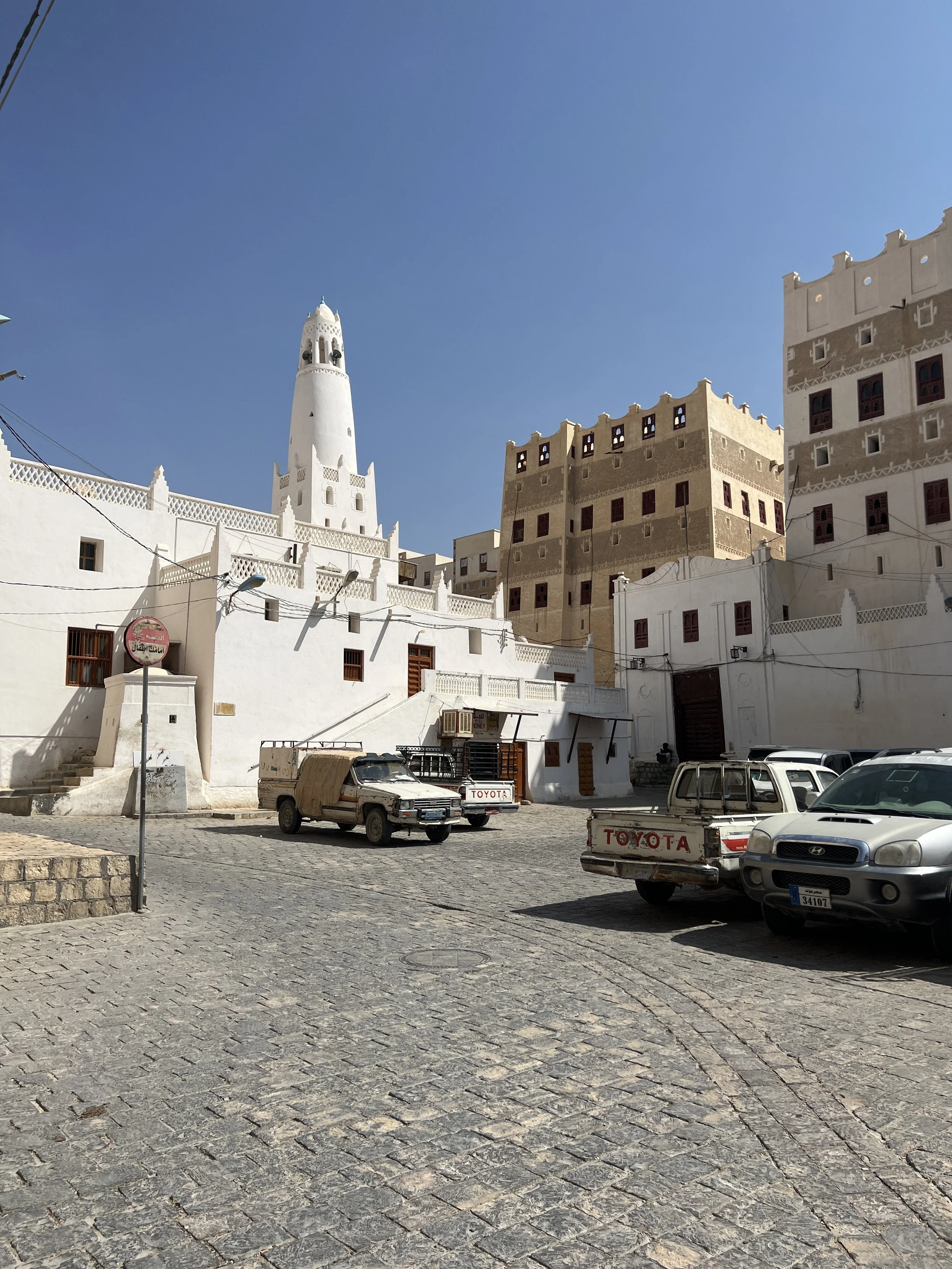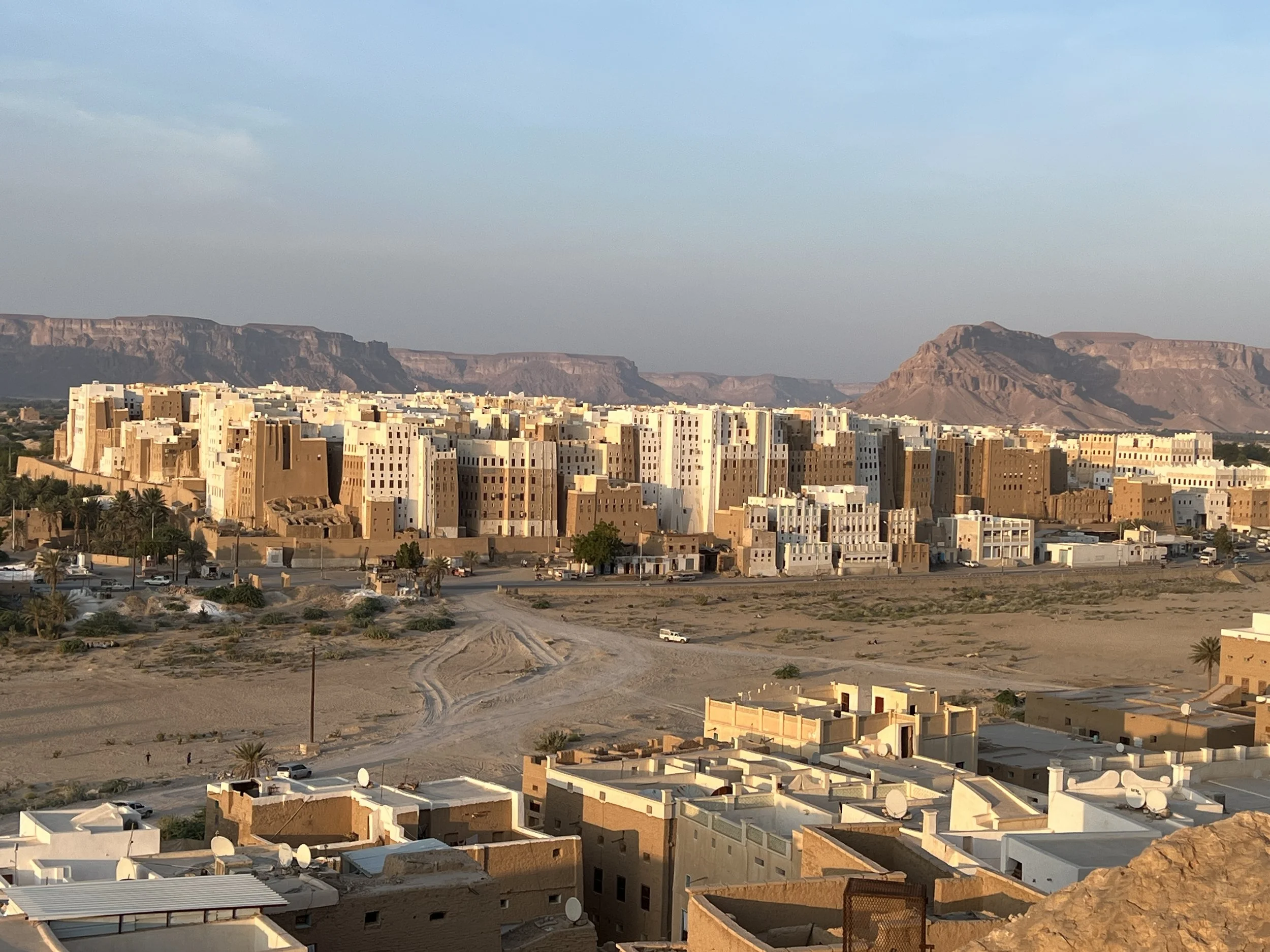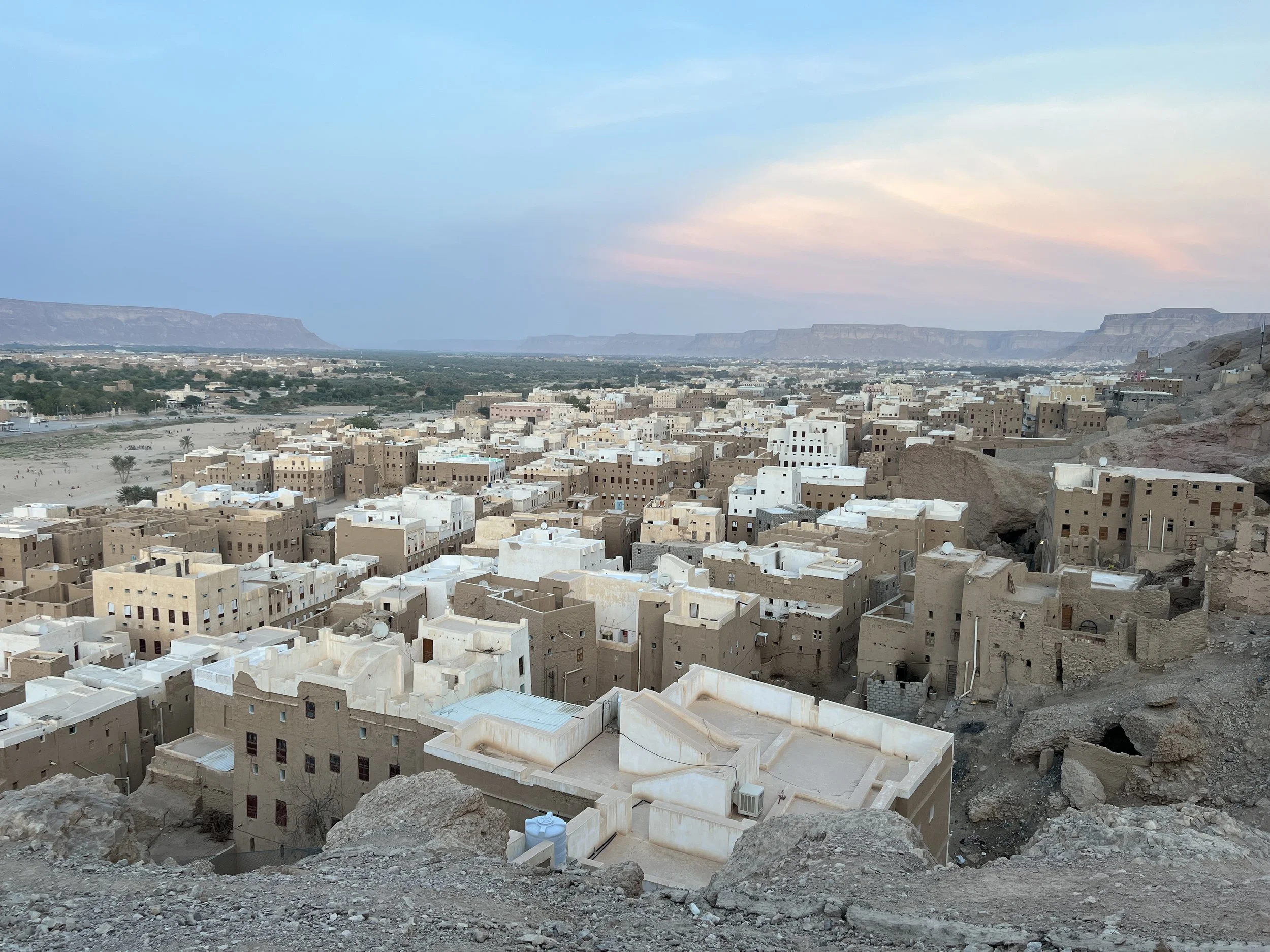Mainland Yemen
In the quest to visit every country in the world, there are a few “hacks.” These are parts of a country that are easier to visit than the primary part of the country, whether it be for safety reasons or visa restrictions. For instance, some travelers count visiting the demilitarized zone from South Korea as a visit to North Korea. Or, for safety and cost reasons, others count a visit to the autonomous region of Somaliland as a visit to Somalia. Another such example lies in the Middle Eastern nation of Yemen. This country has both a mainland and an island in the Gulf of Aden named Socotra, famous for its Dragon Blood Trees. The UAE-administered island suffers none of the security concerns that plague much of mainland Yemen and make it less accessible to tourists.
While some are satisfied solely visiting the secondary parts of the country for logistical reasons— and I believe they are still more than entitled to count that as a visit to the country— I would prefer to see both the “real deal” and the secondary region. Therefore, in October, I headed out for mainland Yemen.
While the most famous part of Yemen is its storybook capital of Sana’a— with buildings known to resemble gingerbread houses, unfortunately, it is that part of the country that faces the brunt of the nation’s conflict. Therefore, since 2014, travelers to the country have been forced to settle for a visit to the eastern region of Hadramut.
The Journey:
I spent the past 10 days in Germany visiting my grandmother, so I took a flight to Cairo and overnighted at the airport hotel. After a poor breakfast at the Le Meridien Cairo Airport, I walked to Terminal 3. From here, I took a tram to Terminal 1, which is the airport’s older terminal, where many charter flights and airlines from less-developed Middle Eastern countries fly. Presenting my visa and security permit provided by the guide, I was quickly checked in for the Yemenia flight bound for Seiyun in the country’s Hadramut region. In the airport lounge, I met the five trip mates I’d be going with.
The plane ride was uneventful, but the passenger demographic was peculiar to me. There were, of course, Yemeni people, but most passengers were Indonesians. From speaking with them, we figured that one group was on a religion-inspired vacation to Egypt and Yemen, and the other group consisted of young men going to study in Seiyun’s Quran School.
Day 1:
Upon arrival at Seiyun Airport, each of us was quickly taken to a room where we were fingerprinted and then kindly sent on our way.
One unique part of traveling to Yemen is that it is highly encouraged (essentially required) that tourists wear local clothing when out and about. Therefore, our first stop once we left the airport was the niqab shop. In Yemen, women not only wear an abaya (long black dress) but cover practically the entirety of their face in a niqab. A few of the ladies in our group were less than thrilled about the prospect of having to cover up in this way, but since the situation called for it, they purchased it. Afterward, men stopped to buy a traditional wrap for a skirt and a headscarf. For me, it was quite fun to wear this clothing for a couple of days, and since it shows appreciation to the country, I was more than happy to oblige.
After picking up the clothes, we headed towards the comfortable Al Hawtata Palace Hotel, our home for the next few nights.
Day 2:
The following morning, we hit the ground running by heading into the old town of Seiyun. There’s something about the setting of the Hadrahamut, even beginning to speak about the buildings. The cities of this region are located in the valley created by an ancient river. Therefore, you are surrounded by mesa-like rises in the ground practically everywhere you look. It’s a stunning scene, and many villages are even built right alongside this ridge (perhaps for the shade protection).
Then, we briefly walked through the market. It was interesting to see the local products, including honey and pumpkin seeds. However, the market was quite tame. The last night, when a trip mate and I went to downtown Seiyun to buy some coins, the market was teeming with life. In much of the Arab world, life happens under moonlight.
We subsequently visited the Seiyun Palace, which was recently restored with the support of the Kingdom of Saudi Arabia. Not only was this an interesting museum, but the views afforded from the windows of this building were very attractive.
Hopping back in the car, we went for lunch. Usually, in Yemen, women are split from men when dining unless they are a family. Since we were a mixed-sex tour, we got a private family room to enjoy our fish, chicken, rice, and bread in. The Gulf of Aden has some of the best fish in the world, with epically large tuna being plentiful in the water. I enjoyed seeing such fish at the market in Somalia, and in Yemen, I got to enjoy eating them.
Shortly thereafter, we arrived at the Necropolis of Aynat in the town of Tarim. Here lie the bodies of a descendant of Muhammad, his sons, and members of his tribe. On the graves, two stones indicate that the person buried is a man, while three stones indicate that the person is a woman.
Afterward, we visited the striking white Al Muhdhar Mosque. Then, in order to get a better view of Tarim town, we were able to go onto the rooftop of the family home of one of our drivers.
We made a few stops on our way back to the hotel, including for our drivers to show us some traditional Yemeni dagger dancing and an Islamic School.
Day 3:
The following day, we began by setting out for the highlight of our tour: Shibham. Also known as “The Manhattan of the Desert,” Shibham is an old town consisting of mud buildings compacted together. Walking through the corridors of the town, I felt as if I had been transported to a small Arabian town along the caravan highway.
It was also here that my driver was able to find a small snack stand that had a large sum of Yemeni coins. Since Yemen’s currency has gone through a great deal of inflation— at the time of my visit in October 2023, 1 dollar yielded 1500 Yemeni Rial— coins are not used anymore. Since I am a currency collector, I strive to get coins in every country I can, so I asked our guide to please ask around every so often if a shopkeeper had the odd coin here and there. Thankfully, the snack stand in Shibham had a lot of coins, and while he wanted a premium, it was a fair price, and I was happy to pay it. The only trouble was getting all those coins through security— every single checkpoint on the way back to the US (in Yemen, Egypt, and Germany) pulled my bag aside. However, since I explained the coins had no value (something they cared a lot about in Egypt), they let me go with minimal hassle.
After Shibham, we set out for the 150km drive to a resort in the Wadi Do’an. Wadi means “river valley,” which is a type of area where many of the cities of this region are located. Along the way, we got to see some women wearing the famous Yemeni sun hats that are very tall. At Wadi Do’an, we went up onto the plateau above the cities of the Hadramut region. This area is very dry and barren– one didn’t even see the lone tree. Here on the plateau, we went to a resort overlooking the ridge and the Haid Al-Jizil Village.
Then, we went to the Buqshan Village. Here, a wealthy Yemeni businessman who lives in Saudi Arabia has a colorful palace. He has another palace on the other side of the valley, which is more comfortable temperature-wise in the winter.
After snapping a few photos, we drove back towards Shibham to enjoy the sunset. This was truly a beautiful close to the day in Yemen.
Before having dinner, my trip made Rad and I went back to Seiyun town to buy a few coins. It was very difficult to find any coins from the South Yemen government, but thankfully, there was one small shop that had a few for sale. The city was bustling in the cool evening air, and it was nice to see the Seiyun Palace illuminated.
Back to Cairo:
The following morning, we got up at 3 am to make our 7 am flight back to Cairo. The flight was uneventful, and soon enough, we landed back in Cairo airport, where the majority of my group mates would continue on to Syria.
Notably, on arrival back at Cairo airport, I noticed that all of the immigration officials were women. I believe the reason for this is that female officials can ask women to remove their niqabs to prove their identity, while men may not. It simply is logistically easier to have an all-female team working rather than have people (who are often traveling together) have to separate by sex.
The arrival process was also strange because not only was I asked for my “original nationality” (which happens a fair amount in this part of the world), but I was asked for an additional way to prove my citizenship. The official was a bit surprised by where I was coming from and even more so when I told her it was tourism, so maybe that’s why, but the encounter was undoubtedly a first for me.
Conclusion:
Overall, I immensely enjoyed my time in Yemen, although my time was brief. I greatly hope to return to the country as other parts of the country reopen for visitors and to go to the island of Socotra.
Yemen is UN Country 84/193 and TCC Region 102/330 for me.






















